When your cladding becomes damaged, whether this may be through wear and tear or an incident, it can not only significantly impact the appearance of your commercial property but also its safety. Particular types of damage can begin to cause problems to the structure of your building, affecting its strength and risking your compliance with health and safety standards. It is for this reason that knowing how to spot signs of an issue developing is essential, allowing you to schedule repairs to your external wall cladding systems before it has the chance to worsen.
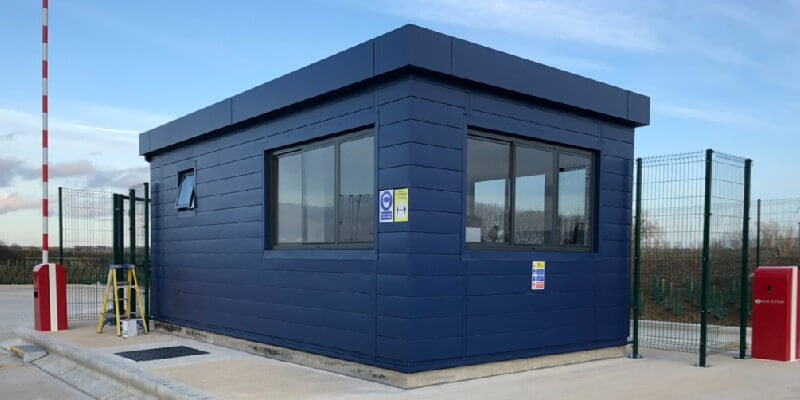
External Wall Cladding Panels: Identifying And Repairing Damage
Cladding systems provide a protective layer over your property, helping you to maintain the health and safety of those inside. It prevents adverse weather conditions and changing elements from reaching the interior of the building while also creating an aesthetically pleasing exterior.
However, as with all aspects of your property, external wall cladding can experience damage down to many different factors. Some are impossible to prevent, and others, such as damage during the construction process, are a result of an incident. Regardless of the cause, ensuring that preventative measures are put in place and damage is rectified quickly are essential in not only maintaining safety but also saving time and money. To help you to familiarise yourself with these common damages, we have put together a list of those our operatives encounter the most, along with how to resolve them.
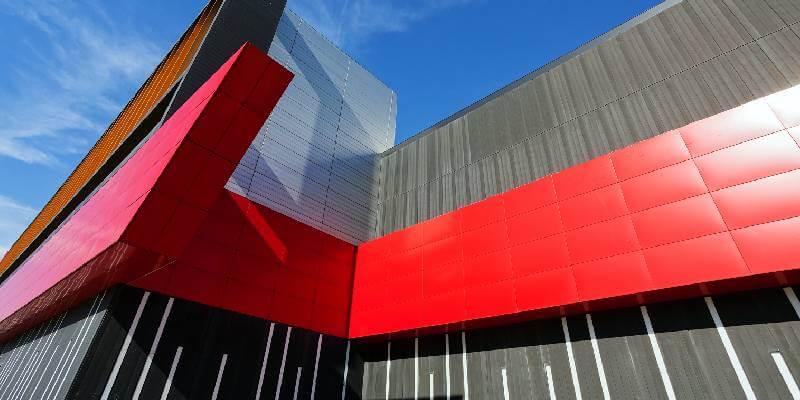
What Are External Cladding Panels?
External wall cladding is a protective shell installed over the walls of a building or structure in order to make it more durable and change or modernise its appearance. The cladding is made up of many cladding panels, which can be constructed out of many materials, including uPVC, glass, and metal. It can also be painted to reflect your brand and utilise eco-friendly materials for a sustainable upgrade.
While external wall cladding panels protect your property from the elements, the panels themselves can sustain damage over time, especially in harsh weather conditions or if they have not been installed or maintained correctly. There are several types of wall cladding damage with different underlying causes and repair requirements. This article will run through these in order to help you keep your external wall cladding in ship shape.
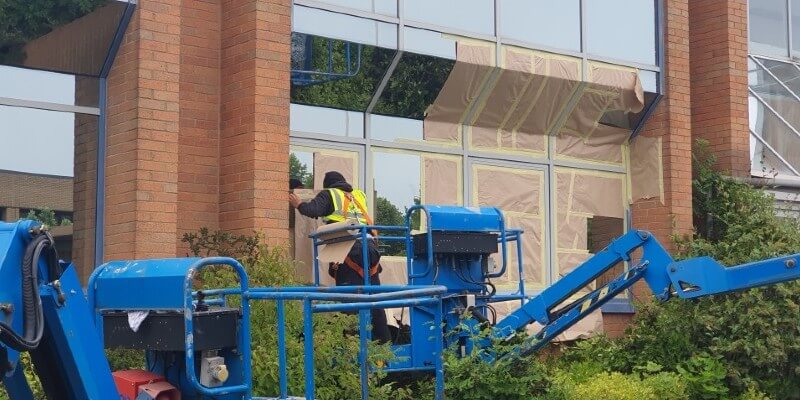
How To Repair Damaged Cladding
Cut Edge Corrosion
One of the most common types of damage to your property is corrosion, particularly if your property is equipped with metal panels or roof sheets; this issue is otherwise known as cut edge corrosion. So how is it caused? The answer is relatively straightforward, and you’ll be pleased to know that it can easily be rectified. During the manufacturing process of your cladding panels, each is designed in a set size and then covered in a plastic protective coating. This plastic coating is designed to prevent the elements from causing the metal to rust, meaning that without this, your panels are left exposed. However, often during the installation, the cladding panels are cut to ensure that they fit perfectly within the specifications of your building, meaning that this protective coating is no longer sealing the edges. Should your installers not reapply this coating before leaving your site, the panels will be exposed to various weather conditions and will begin to erode, making them appear old and worn out.
Once you have noticed signs of rust, it is essential to act quickly, as this can spread further across your panels and even towards the metal structure of your building. To resolve the issue, our team would typically begin by repairing any cracks caused by the rust using a sealer before applying an anti-corrosion primer. This will prevent the rust from breaking through the upper coating, which can be colour-matched to the rest of your building or your brand colours. As a result, not only will there no longer be any signs of rust on your building, but you can also have the peace of mind that metal panels are protected against future damage.
If you are experiencing cut edge corrosion and require cladding panel repairs, please do not hesitate to contact our team. We would be more than happy to schedule a site survey at a time and date that best suits your schedule to discuss options.
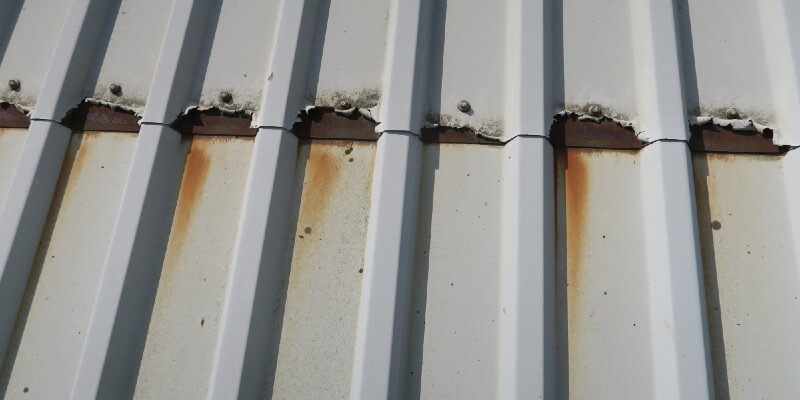
Cracking Cladding
Unfortunately, in the UK, we are used to our fair share of miserable weather, which means that when it comes to maintaining a property, we must factor in the impact of rain more often than not. Due to the adverse weather conditions, cracking on your exterior cladding is one of the most likely types of damage you will experience. Without protection on your cladding, the winter and autumn months can take their toll, and you may find that when the summer arrives, you have a very hefty bill to pay to repair or even replace your cladding.
Cracking is a common type of damage that can affect most cladding material types. It is important that if your cladding starts to show signs of cracking, you get it repaired as soon as possible. Once your cladding begins to crack, it is most likely going to get worse over time. When water seeps into these cracks and starts to freeze and melt, it expands; this will inevitably make the cracks bigger and, therefore, more obvious. The cracks will continue to grow and eventually reach the roof, gutters and internal walls. Once this happens, you may find yourself with an even more expensive project on your hands. Long-term exposure to cracking will make your property unsafe, and it will become an urgent project.
You can prevent cracking in your cladding through a number of measures. The cladding that you chose will have a big impact on the level of damage that can occur. To find some of the best cladding materials that are easy to maintain, take a look at Build It’s guide to low-maintenance cladding. Cleaning your cladding regularly will also help you in maintaining the look of your property. Take a look at the Real Cleaning Co.’s guide on cleaning cladding for an in-depth explanation of preventing cracking and corrosion through easy maintenance.
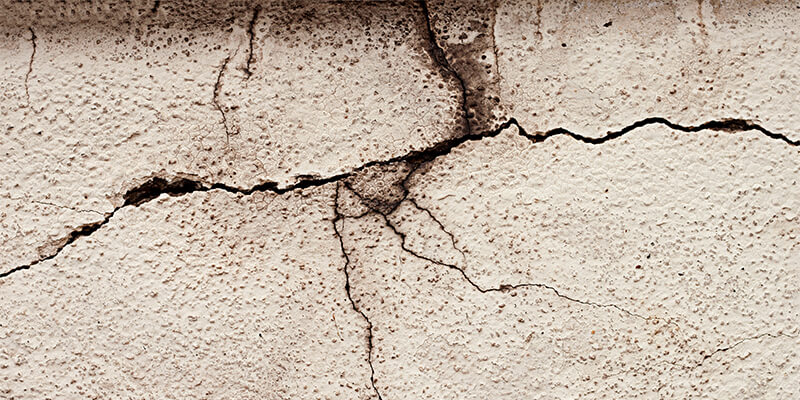
Damage To Paintwork
Paintwork is ideal for keeping your cladding up-to-date and allows you to change the appearance of your property whenever you feel as if the exterior needs a refresh. However, throughout our many years of experience in on site spraying, we have been instructed to many sites that are dealing with damaged paintwork due to poor preparation by another spraying company. As a result, the paintwork can quickly begin to deteriorate in many different ways; these include the following:
Weather Damage
When the sun comes out, we fill ourselves with excitement that the clouds have disappeared and often neglect the fact that cladding can still be affected. Just because the weather is dry and the sun is shining, it doesn’t mean that your cladding is safe and protected. UV rays from the sun can begin to impact your paintwork over time, and it can fade the bright and vibrant colour of your cladding. This happens through the ultraviolet rays splitting the molecule bonds in the paint, eventually making the paint fade in colour, and the surface will start to feel as though there is a layer of chalk.
Blisters & Bubbles
If you notice that the paint on your cladding begins to bubble and starts having a negative effect on the overall look of your property, then it is likely that there is a loss of adhesion between the paint and the underlying surface. This is usually caused by heat or moisture and can sometimes be the result of a combination of the two. It is important that you make sure to call in our professional team when blistering appears on your cladding paint, as this can lead to peeling, making the situation a lot worse than it needs to be.
Paint Cracking
With any type of painted material, cracking is a common problem and is typically caused by either weather conditions or poorly applied paint. To prevent cracking, the surface must be adequately prepared, and high-quality paint must be used to allow for the correct level of adhesion. Not only this, but through avoiding using poorly designed paint, you can also ensure that the paint holds flexibility, allowing the surface to expand and contract without cracking. If you are after a high-quality paint job, look no further than our cladding spraying service, which is sure to deliver impeccable results.
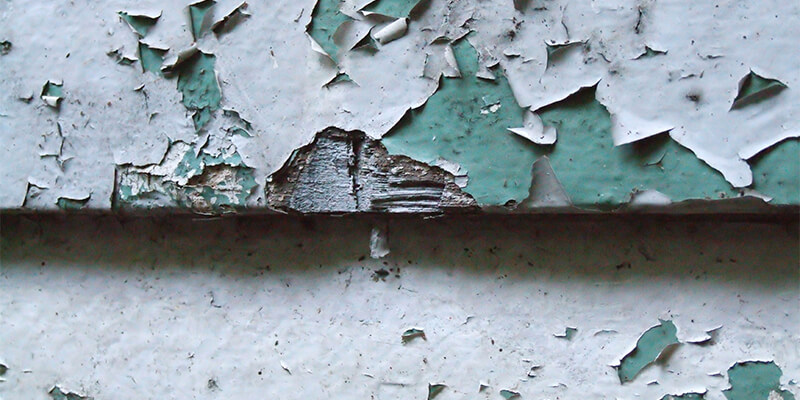
Rusting Corners
Much like cut edge corrosion on panels, rusting can occur on the corners of your cladding, and while you may like the rustic look, it can begin to cause bigger issues to the structure of your building. As mentioned above, metal cladding is the biggest culprit for rusting, which can quickly spread across the panels. On metal cladding, the rusting will turn into a reddish, brown colour and can even begin to flake; this makes it extremely hard to repair.
Rust occurs through a reaction known as oxidation and is caused by the combination of water and oxygen; this can happen when rain sits on unprotected cladding. By spraying your cladding with a protective coating, you can add a waterproof layer, making it harder for your cladding to rust and therefore keeping its aesthetically-pleasing appearance for much longer. The Just Spray Network team are always more than happy to help you to rectify damage through cladding and curtain walling repairs, protecting your property from rusting.
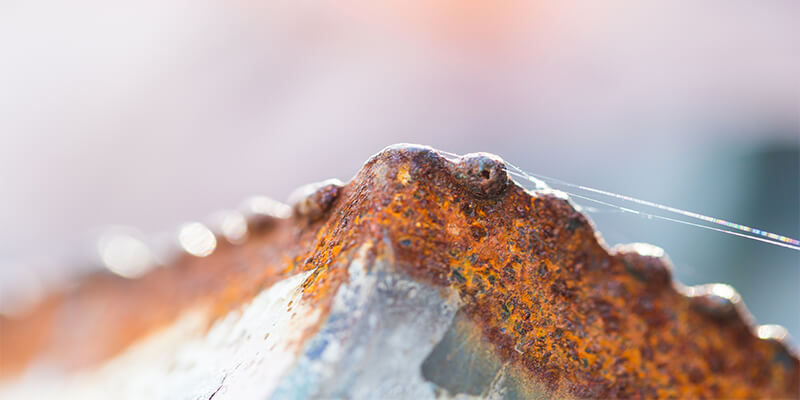
Dents In The Cladding
Particularly when it comes to cladding near to the bottom of your building, you are likely to find that the panels are more prone to scratches and dents. Whether it may be through loading deliveries into a warehouse or incidents in car parks, there are many reasons why you may experience impact damage to your cladding. And while these damages are unlikely to grow as much as the others mentioned, they can make your property appear unkempt and impact first impressions.
Although it is almost impossible to avoid the odd scratch and bump on your cladding, it does not mean that you should allow these damages to affect the appearance of your building. Repairs to your panels are a quick way to ensure that your property is looking its best no matter how many times it has been the victim of an unexpected incident. There is a wide range of services, from cladding repairs to commercial spraying, that can help you keep up with the appearance of your cladding. You can find many examples of work that we have done to repair damaged panels over on our recent projects page.
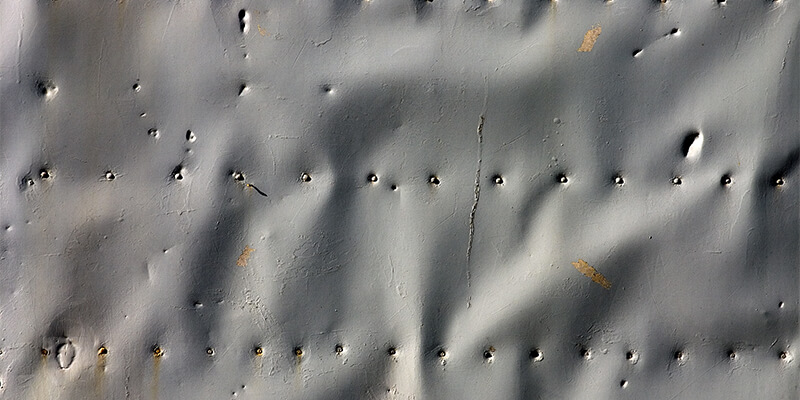
Keeping Exterior Wall Cladding In Top Condition
It is important that you keep an eye out for cladding damage, as the earlier you tackle the problem, the easier it is to repair, helping to save you both time and money. Leaving damage for an extended period of time will allow it to deteriorate, which can begin to impact the rest of your property, including the main structure. If you have any damage to your external wall cladding panels and are unsure of how you can repair it, then feel free to speak to one of our specialists about the services that Just Spray Network provide. If the damage to your existing wall cladding is too extensive or you are looking to refresh and modernise your property by recladding it, check out our previous article for some exterior cladding ideas.
